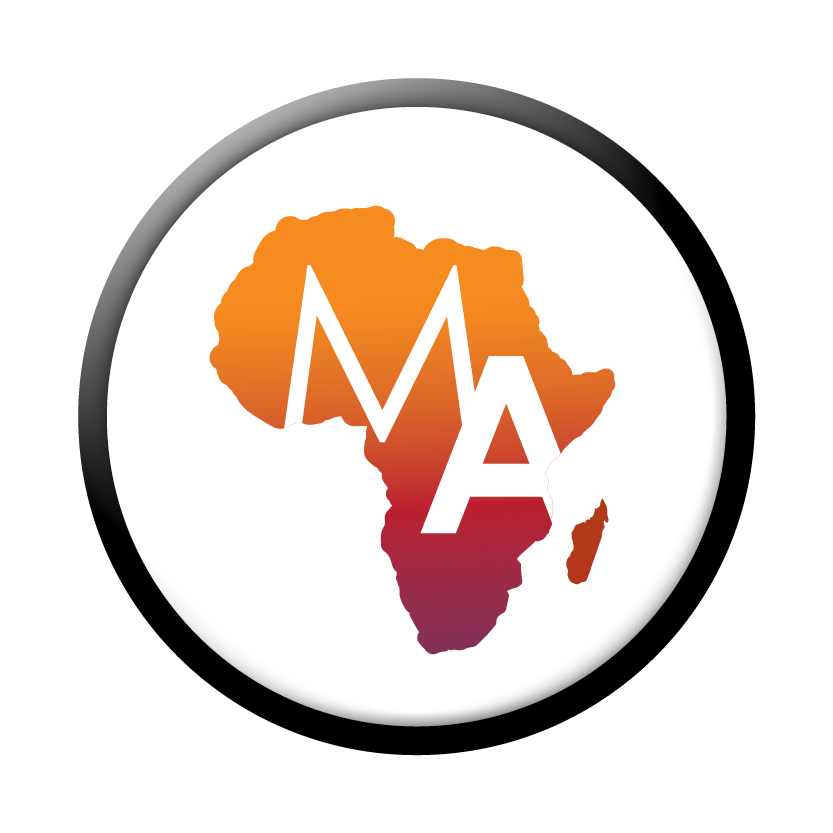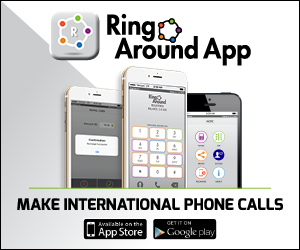Original Story Published by: Jamie McKane for MyBroadband
Photo Source: rawpixel/Unsplash
The high price of mobile data means it is difficult for South Africans who live in poor or rural areas to enjoy the benefits of a broadband Internet connection.
A South African startup named AfriCanopy plans to solve this problem by leveraging unused television white space (TVWS) spectrum to roll out high-speed, low-cost broadband to rural areas.
AfriCanopy recently gained approval for an eight-month trial project to implement the technology in the King Cetshwayo municipality in KwaZulu-Natal.
The company will provide 85,000 residents of the municipality and 50 schools in the area with low-cost Internet access, while creating 400 new jobs through its “Business-in-a-box” (BIAB) kits.
These kits include all the equipment required to provide services, airtime, and data on the TVWS broadband network.
MyBroadband spoke to AfriCanopy executive technical lead William Stucke about the technical details behind the project and its implications for low-cost mobile broadband in South Africa.
White spaces
Stucke told MyBroadband that the service will use TVWS in the frequency range of 470 – 694MHz, courtesy of the CSIR’s Geo-Location Spectrum Database (GLSD).
“TV White Spaces are those portions of the terrestrial UHF TV broadcast band that are not used in a particular place for broadcasting TV,” he explained.
“In order to determine exactly which channels are available where, a GLSD has details of every TV transmitter in the country, including all its characteristics, such as location, transmitter power and frequencies, and antenna height, orientation and inclination.”
To read the full article, visit MyBroadband.









